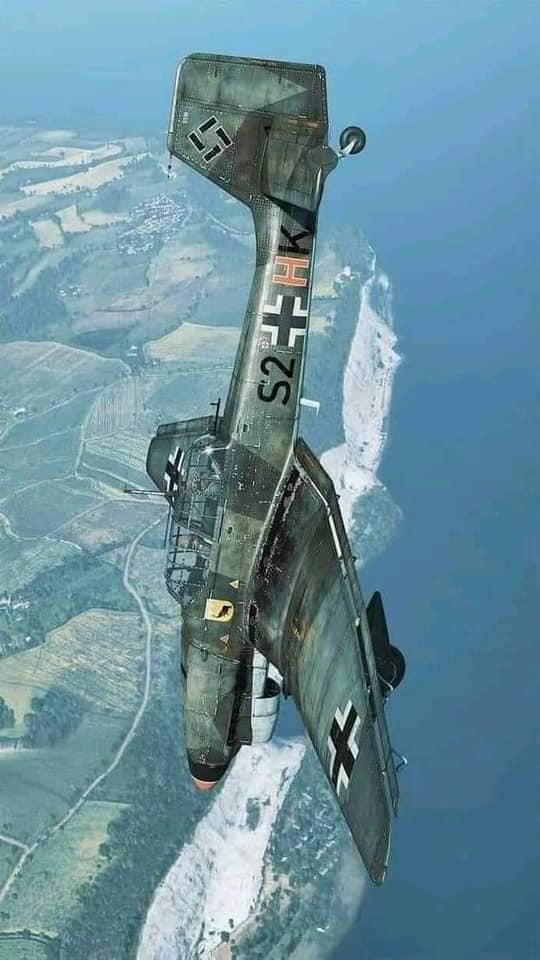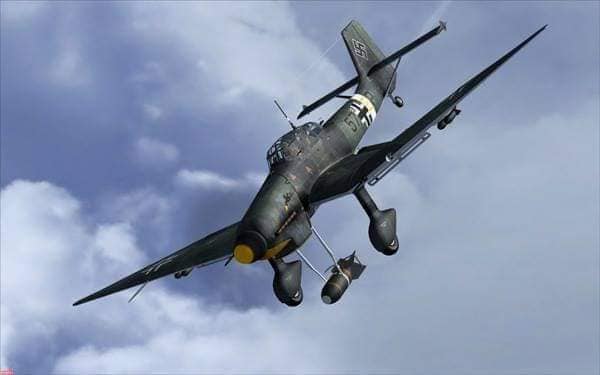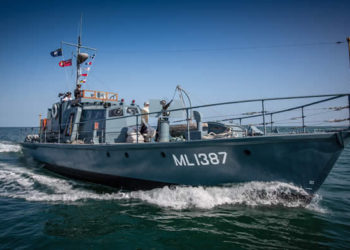Death from Above: The Stuka Dive-Bomber

It was big, slow, cumbersome and ugly and could only operate well when the Germans had air superiority. But it was also one of the most accurate dive-bombers of its era and did wreak havoc in the initial Blitzkrieg phases of WWII.
Dive Bombing Technique

Flying at 4,600 meters (15,000 ft), the pilot located his target through a bombsight window located on the cockpit floor. After opening the dive brakes and slowing down, he rolled the aircraft 180° and dived at an angle of 60-90 degrees and at a speed of 600 km/h (350 mph).
A light on his altimeter came on to indicate the bomb-release point (at about 450 m -1,500 ft). The pilot released the bomb which initiated the automatic pull-out mechanism: The aircraft would automatically begin a 6 g pullout. Once the plane was level again, dive brakes were retracted, the throttle was opened, and the propeller was set to climb. The pilot regained manual control and resumed normal flight.
Unique Features and Effectiveness
It is said that some pilots passed out due to the G forces when the plane pulled out. But the automatic mechanism saved their life.
Another interesting feature on the plane was the trapeze-like bomb holder that acted like a big coil: The bomb was not released but rather ejected, so as to be out of the way when the Stuka abruptly leveled out (avoiding the tail striking the bomb). In the hands of a good steady pilot and in perfect conditions (fair weather, no enemy AA) the accuracy of the Stuka was said to be at around +/- 10 meters. This is good accuracy for dumb bombs, even by today’s standards!
Role in WWII
The Stuka was withdrawn from the Western front after the Battle of Britain but remained a potent Close Air Support (CAS) aircraft on the Eastern Front and a feared anti-ship platform in the Mediterranean up until the end of the war.
-RBM










